New Products & Services
February 2019
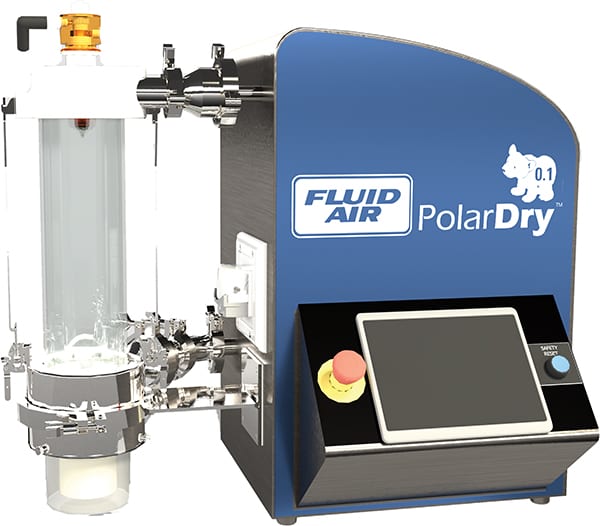
Fluid Air
The PolarDry Model 0.1 electrostatic spray dryer (photo) retains the features of larger dryers in a much more compact footprint. The dryer can be easily disassembled for autoclave sterilization. By producing small-scale samples with minimum product loss, the Model 0.1 allows for greater feasibility testing of expensive materials. The smaller dimensions allow the Model 0.1 to fit inside small spaces, such as laboratory fume or containment hoods, where noxious solvents, potent active ingredients and oxygen-sensitive materials can be safely tested. As a result, research of new products is more efficient and cost-effective, says the company. The Model 0.1 is compatible with optional high-temperature and ultrasonic spray-drying nozzles for reliable microencapsulation. The ultrasonic nozzle is particularly suited for creating small particles less than 10µm in diameter. — Fluid Air, A division of Spraying Systems Co., Aurora, Ill.
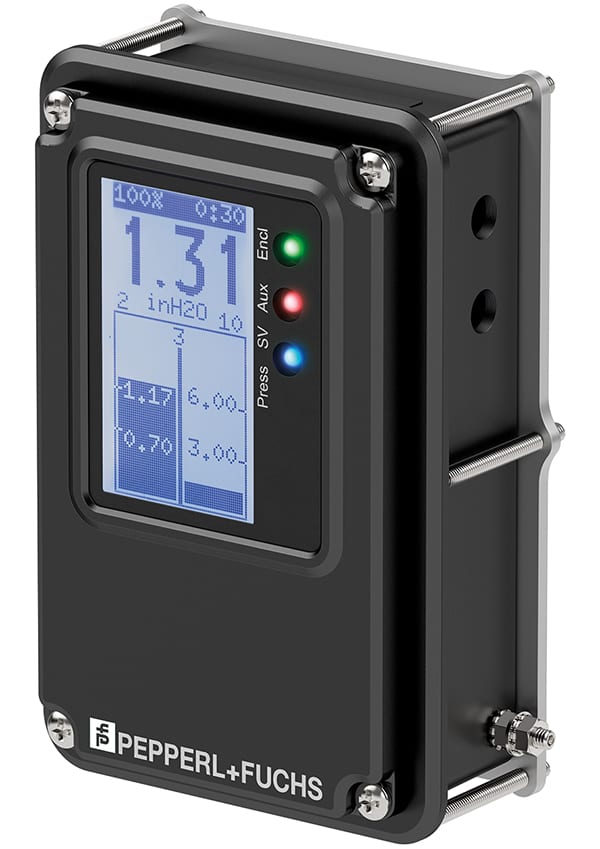
Pepperl+Fuchs
Designed for Class I or II/Div. 2 and Zone 2/22 locations, the 7500 series Ex pzc/Type Z purge and pressurization system purges a common enclosure of hazardous gas or dust to maintain positive pressure. With operations in fully automatic or manual modes, it effectively reduces the classification within the protected enclosure to a non-hazardous area. The 7500 carries ATEX and IECEx certifications and is UL listed. It operates within a very small footprint of 5.8 in. × 3.8 in. × 1.9 in. The 7500 Series includes intelligent automatic monitoring and control of enclosure pressure with dilution and continuous-flow functionality. The system makes automatic adjustments and provides an alarm output for reliable protection. It is designed in marine-grade chromate aluminum, making it rugged enough to withstand harsh conditions. — Pepperl+Fuchs GmbH, Mannheim, Germany
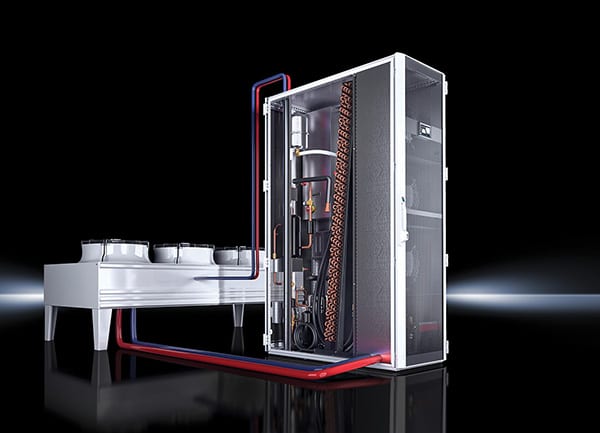
Rittal
The (LCP) DX/FC Hybrid liquid-cooling platform (photo) includes both a refrigerant circuit (DX = direct expansion) and a separate water circuit (CW = cold water). This means that the system can produce the required cooling output very efficiently in accordance with the external temperature. It is particularly effective for locations with low to moderate ambient temperatures, as it automatically makes use of indirect free cooling when outside temperatures are low. This is made possible by an external hybrid condenser with an integrated free cooler. The new LCP DX solutions for suite cooling have outputs of 20 and 35 kW and are suitable for small and mid-sized environments. Both devices are inverter-controlled and precisely control inlet-air temperature. — Rittal GmbH & Co. KG, Herborn, Germany
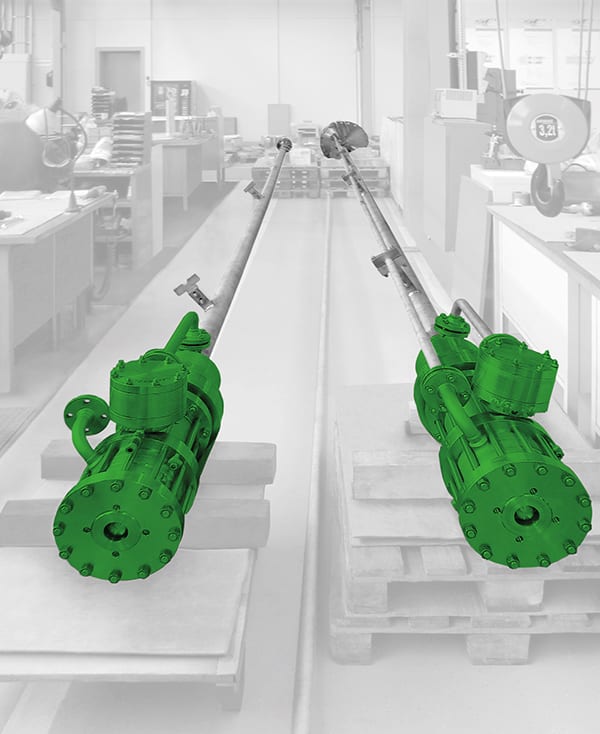 Two of this company’s eight-stage, sealless canned-motor pumps from the TCAM 30/4+4 series (photo) have recently been supplied as a replacement for conventional submersible pumps. The pumps are designed for easy installation in an existing tank. The supplied submersible pumps are the longest pumps that this company has ever produced, with an immersion depth of more than 15 m, and a pump shaft of only 1 m. The submersible pumps, in tandem design, convey the medium (NH 3) at a temperature of –33°C, with a delivery head of 260 m at a flowrate of 12 m³/h. The pump units are designed for a nominal pressure of 40 bars. The drive unit’s hermetically sealed design enables complete immersion in the vessel or tank. Only the discharge pipe and the electrical connection are routed through the tank cover via the manhole plate and out of the vessel. — Hermetic-Pumpen GmbH, Gundelfingen, Germany
Two of this company’s eight-stage, sealless canned-motor pumps from the TCAM 30/4+4 series (photo) have recently been supplied as a replacement for conventional submersible pumps. The pumps are designed for easy installation in an existing tank. The supplied submersible pumps are the longest pumps that this company has ever produced, with an immersion depth of more than 15 m, and a pump shaft of only 1 m. The submersible pumps, in tandem design, convey the medium (NH 3) at a temperature of –33°C, with a delivery head of 260 m at a flowrate of 12 m³/h. The pump units are designed for a nominal pressure of 40 bars. The drive unit’s hermetically sealed design enables complete immersion in the vessel or tank. Only the discharge pipe and the electrical connection are routed through the tank cover via the manhole plate and out of the vessel. — Hermetic-Pumpen GmbH, Gundelfingen, Germany
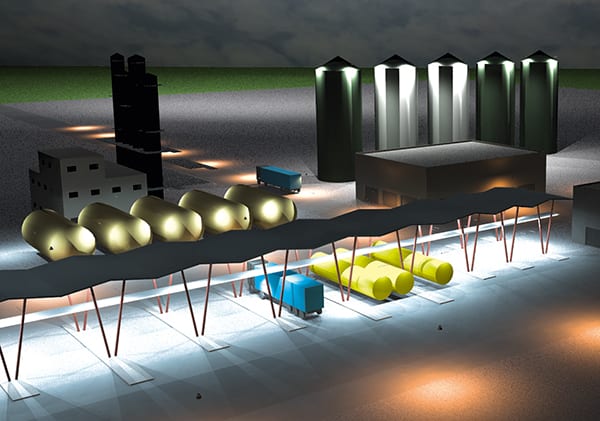
R. Stahl
This company offers customized, optimized concepts for illuminating workspaces in accordance with EN 12464-1/-2, focused particularly on providing expertise in the switch to energy-efficient LED technology. The design includes all the relevant parameters and follows strict requirements as set out in the workplace directive, including illuminance, luminous efficacy and beam angle for uniform, glare-free illumination, as well as the correlated color temperature. The number, position and orientation of light fittings can be precisely matched to the room geometry, as well as the user’s requirements and behavior. Solutions can be developed for a single workplace, as well as for large-scale emergency lighting systems and safety lighting. Proprietary, in-house-developed 3-D models (photo) are used to visualize the position and size of walls, fittings, fixtures, furnishings and any other equipment, and to simulate shadows and reflections. These models can then be rendered to generate photorealistic images. — R. Stahl AG, Waldenburg, Germany
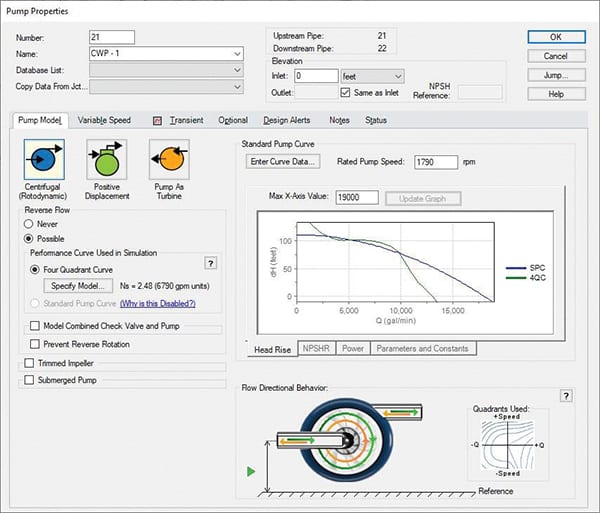
Applied Flow Technology
AFT Impulse 7 software (photo), a dynamic simulation and analysis tool used to calculate pressure-surge transients in liquid piping systems caused by waterhammer, has been recently updated with over 50 new and enhanced features. Users can create models using an isometric grid and utilize color animation to visualize parameter changes over time. Furthermore, the user interface for defining centrifugal and positive-displacement pump data has been improved, and functionality for calculating buried-pipe wave speed and modeling of pumps as turbines (PAT) has been added. Extensive new Excel capabilities include the ability to export output data and even complete exports while running batch scenarios. — Applied Flow Technology, Colorado Springs, Colo.

Siemens
The Sitrans Probe LU240 (photo) is this company’s newest ultrasonic level-measurement HART transmitter. Field-proven echo processing separates true material-level echoes from false, providing reliable readings while still allowing rapid response to actual changes in the material level. The device’s reduced blanking distance decreases waste in applications while boosting asset utilization by providing continuously accurate readings, even with high levels of material. For those applications requiring process temperature data, the Sitrans Probe LU240 now provides users both level and temperature readings. In dirty applications or those with buildup, the transmitter’s maintenance-free active-face technology keeps the sensor clean and is also unaffected by wind, rain, snow or temperature changes. For rugged applications in harsh environments, it is IP68 fully potted and encapsulated with a polyvinylidene difluoride (PVDF) sensor that is resistant to corrosion, chemicals and extreme shock. — Siemens AG, Munich, Germany
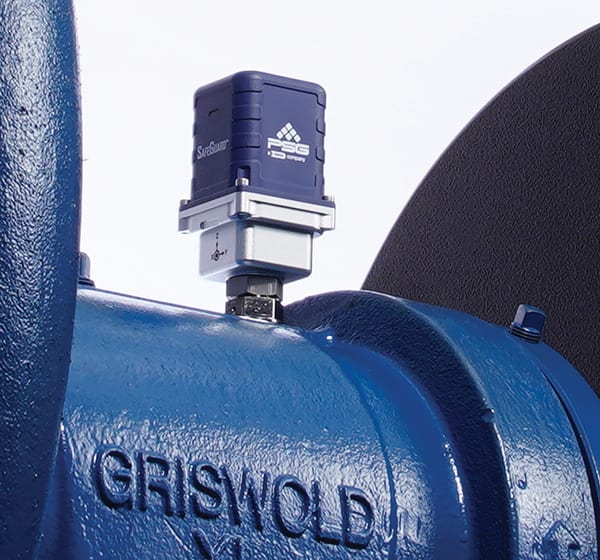
Griswold
SafeGuard (photo) is a predictive maintenance solution featuring wireless access and proactive alerts for all types of centrifugal pumps. SafeGuard allows both the pump and the motor to be remotely monitored at all times with continuous cloud connectivity. If an issue occurs, a proactive alert is automatically generated, which includes clear actionable guidance that can be easily followed by maintenance personnel to resolve the root cause of the issue. Four battery-powered sensors are included in the SafeGuard system, as well as a node/sensor reader. All four sensors work in unison to predict the full health of both the pump and the motor. This allows for a complete diagnostic analysis that reads the tri-axial vibration, temperature and electromagnetic values for the pump and motor. With these capabilities, SafeGuard is able to detect more than 20 failure modes. — Griswold, part of PSG, a Dover Company, Grand Terrace, Calif.
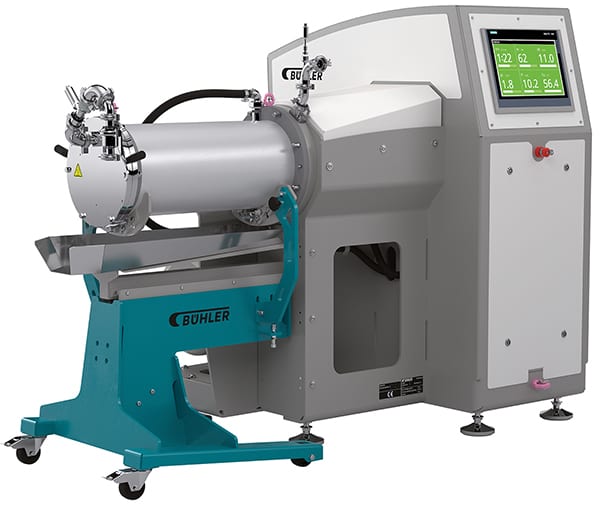
Bühler
The Visconomic+ high-performance bead mill (photo) was developed specifically for processing very viscous and temperature-sensitive products. The rotor and stator configuration maximizes cooling-surface exchange, resulting in a high cooling capacity. This enables the temperature of the product to be regulated during the grinding process so that excessive temperature increase is effectively avoided. As the product is well-cooled even with a higher power input, better dispersion quality can be achieved. The system’s optimized grinding-gap width and the aggressive pin arrangement enable high throughputs, and optimum grinding results are achieved even with very viscous products. The grinding media are separated via a dynamic separating gap. Due to the constant shear in the gap, no particles can settle, which increases process reliability. — Bühler AG, Uzwil, Switzerland
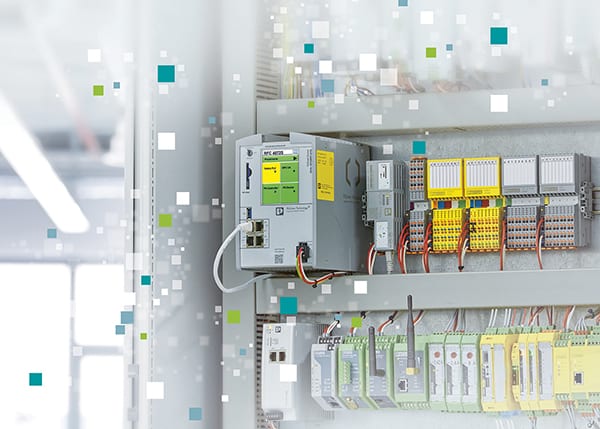
Phoenix Contact
The Phoenix PLCnext Control RFC 4072S controller (photo) is the first high-performance controller for this company’s PLCnext Technology ecosystem. It can be used to leverage all the advantages of the control platform: programming in users’ preferred programming language and programming environment, using open-source software, apps, Proficloud and soon, the realtime version of the PLCnext store. In addition to a high-performance Intel i5 dual-core processor, the controller also includes 4 GB of RAM. The safety-relevant calculations are performed by two independent CPUs that are based on different architectures. Therefore, it is suitable for applications with high safety requirements in accordance with SIL 3 or PLe. The safety-oriented controller uses the current Profisafe profile 2.61 for Profinet and Profisafe systems. — Phoenix Contact GmbH & Co. KG, Blomberg, Germany
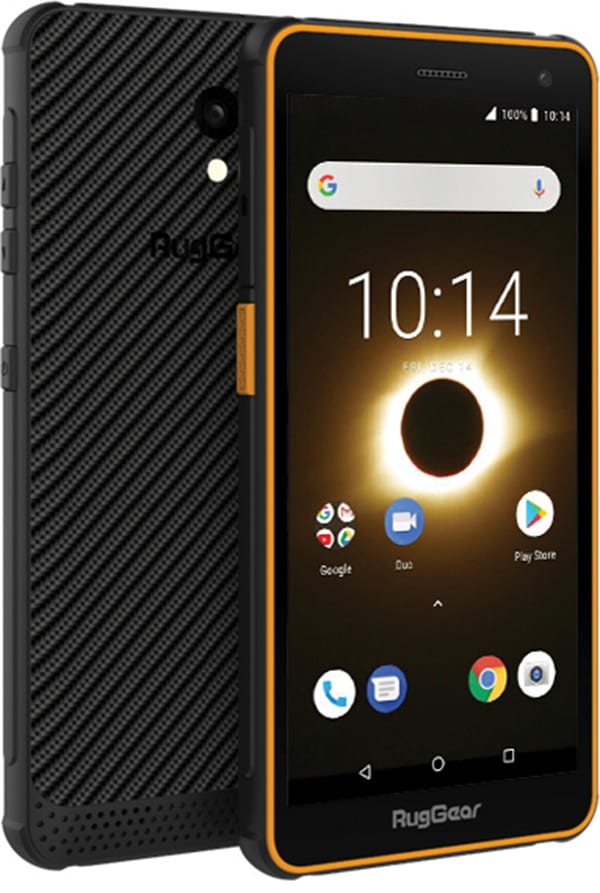
RugGear
The RG650 (photo) is a rugged smartphone designed to withstand tough environmental conditions in temperatures ranging from –20 to 60° C. The smartphone runs on the Android 8.1 operating system and boasts a 5.5-in. edge-to-edge display. In addition, the RG650 is equipped with a special polycarbonate housing and meets not only the IP68 standard, but also the military standard MIL-STD 810G, and is therefore protected against all types of liquids, dust, oil mist, vibrations, shocks and drops from up to 1.5 m on concrete. The display has a high luminosity and can be used outdoors in strong sunlight. Equipped with a powerful speaker, the RG650 is ideal for use in noisy industrial sites — RugGear, Hong Kong

VEGA
This company’s 80-GHz radar sensors (photo) are temperature-decoupled from the process, meaning that they are optimized for the extreme process temperatures that occur in liquefied natural gas (LNG) and liquefied propane gas (LPG) applications, and easily withstand temperatures as low as –196°C. Ice does not form on the housing, nor is there any condensation on the antenna system. In addition to cryogenic applications, the specially protected housing and front-flush antenna cover constructed of polytetrafluoroethylene (PTFE) are also suitable for reliable measurement of aggressive media, including acids, alkalis or abrasive substances. — VEGA Grieshaber KG, Schiltach, Germany
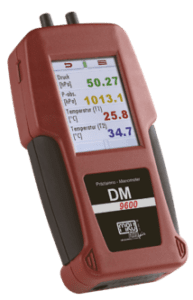
MRU Instruments
DM 9600 Series precision manometers feature a color touchscreen and are designed with technicians in mind to provide data quickly and easily for startup, troubleshooting and reporting jobs for measuring pressure, temperature, flow and other parameters. Five different ranges are available from±30 in. H 2 O to±100 psi. The low-pressure version is ideally suited for heating, ventilation and air conditioning (HVAC) applications, and the high-pressure versions can be utilized in a wide variety of industrial settings. Key features include 0.5% accuracy, flow calculations, dual thermocouple and outputs via micro SD card, USB and Bluetooth communications. Users will benefit from the conveniences of a magnetic back for hands-free use and the long-life (20-h) lithium-ion battery. — MRU Instruments, Humble, Tex.
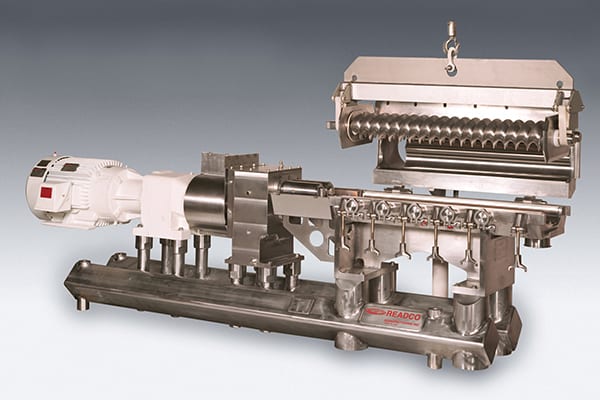
Readco Kurimoto
This company has developed a line of sanitary processors (photo) that offer proprietary continuous-mixing technology in a sanitary design approved and certified by the USDA. The continuous processors feature solid, one-piece, removable, rotating shafts that cannot harbor material, with removable end plates and feed and discharge connections as standard in an all-stainless-steel design. The sanitary processors can be fully disassembled for cleaning in minutes and withstand chemical washdown conditions. The mixers automatically mix, encapsulate, crystallize or chemically react multiple powdered, liquid or viscous ingredients at the same time. Using twin-shaft, co-rotating screws set within a closed barrel, the continuous technology consistently yields a uniform, homogeneous product while eliminating the multiple steps required in batch processing. — Readco Kurimoto, LLC, York, Pa.
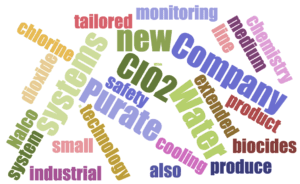
Nalco
This company has extended its Purate technology for chlorine dioxide (ClO2) biocides with a new product line that is specifically tailored for small to medium water systems and industrial cooling systems. The new platform includes Purate chemistry and patented generator to efficiently produce onsite ClO2. The platform also includes safety interlocks and remote monitoring and control capabilities to ensure reliable uptime and optimize microbial treatment and system performance. — Nalco Water, an Ecolab Company, Naperville, Ill.